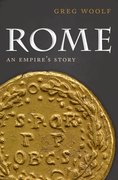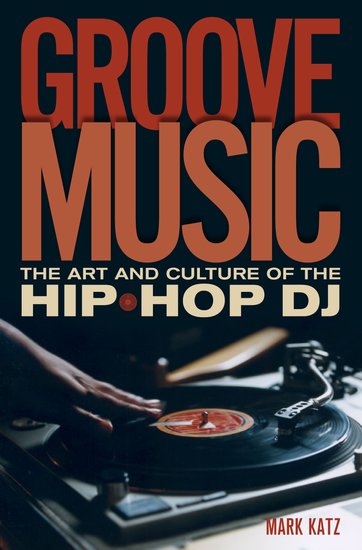A case of mistaken identity
Since Peale took the painting with him back to Philadelphia, Yarrow obviously did not pay for it. There is no record of whether Peale displayed it in the museum or showed it to the American Philosophical Society. He died in 1829, but the museum continued to operate. When it finally closed in 1852, Peale’s grandson Edmund came across the painting and mistakenly labeled it “Billy Lee,” thinking his grandfather had painted the body servant of George Washington. That the portrait might be of Lee was not an unreasonable assumption. Peale knew him during the terrible winter at Valley Forge.











